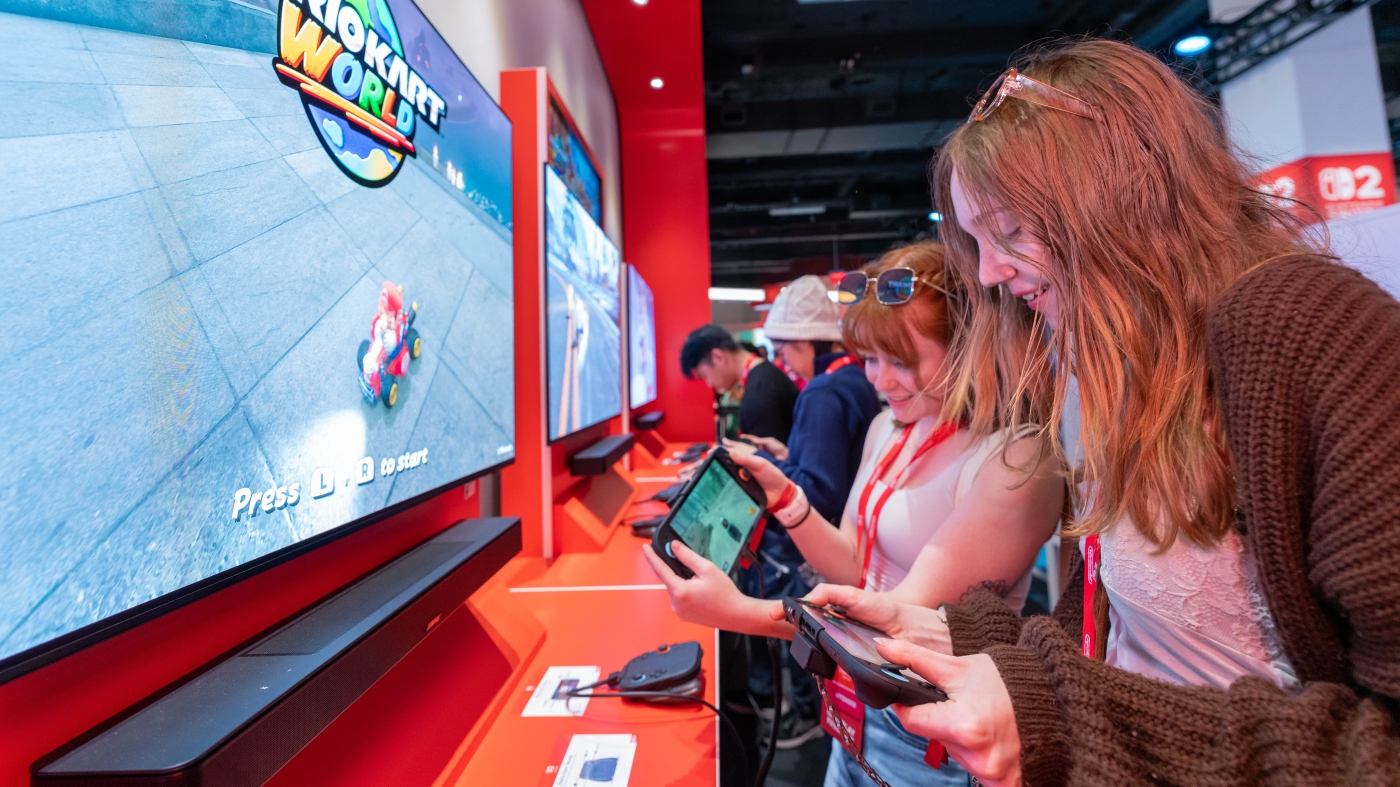Trump’s Tariffs Impacting the Nintendo Switch 2 Launch: What You Need to Know
As the launch of the highly anticipated Nintendo Switch 2 looms on the horizon, it appears that U.S. tariffs on Chinese imports could have a significant impact on the pricing and availability of the new gaming console. The tariffs, which were imposed during the Trump administration, have been affecting a variety of tech products, including video game consoles. Nintendo, like many other companies, is navigating the complexities of these tariffs as they prepare for the release of their next-generation console.
The Tariffs and Their Impact on Tech Imports
Under the Trump administration’s trade policies, tariffs were applied to a wide range of consumer goods imported from China, including electronics. These tariffs, which have fluctuated over the past few years, specifically target components commonly used in products like smartphones, laptops, and gaming consoles. The Nintendo Switch, which was assembled in China, was initially hit with a 25% tariff, raising concerns about price increases and supply chain disruptions.
Although the Biden administration has made some efforts to ease tariffs on certain tech products, many of these tariffs still remain in place, including on components that are essential to the production of the Nintendo Switch 2. This situation presents a challenge for Nintendo, as the tariffs add additional costs to the production process, which may, in turn, affect the retail price of the upcoming console.
Production Costs and Pricing Concerns
One of the most immediate impacts of the tariffs on the Nintendo Switch 2 will likely be an increase in production costs. Many of the key components needed for the console, such as semiconductors and circuit boards, are manufactured in China or involve Chinese supply chains. With the continued tariffs, these components are subject to higher import taxes, directly raising costs for manufacturers like Nintendo.
In response to these challenges, Nintendo may either absorb the additional cost or pass it on to consumers in the form of higher prices. Industry analysts suggest that, given the already competitive gaming market, Nintendo may be hesitant to significantly raise the price of the Switch 2, as doing so could make it less appealing compared to competing consoles, such as Sony’s PlayStation 5 and Microsoft’s Xbox Series X.
Supply Chain Disruptions
Beyond cost increases, the tariffs also exacerbate existing supply chain issues that have been plaguing the global electronics market. The pandemic led to shortages in key components, such as semiconductors, and the ongoing tariff war with China has only added another layer of complexity. For Nintendo, this means that sourcing materials, assembling the console, and meeting consumer demand could become even more difficult.
If the tariff-related disruptions lead to delays in production or shipping, it could push back the release date of the Nintendo Switch 2 or limit the availability of units at launch. Early adopters may face difficulty in securing a console, especially during the holiday season, when demand is typically at its peak.
Nintendo’s Potential Strategies to Mitigate the Impact
To mitigate the financial and logistical impacts of the tariffs, Nintendo may explore several strategies. One possible option could be shifting some production away from China to countries with lower tariff rates. Nintendo has already begun diversifying its manufacturing operations by moving some production to other Asian countries, such as Vietnam and Thailand, where labor costs are lower, and tariffs may be less of a burden.
In addition to shifting production, Nintendo could consider negotiating with suppliers to find alternative components that are either exempt from tariffs or sourced from countries not subject to the U.S. tariffs. By making adjustments to its supply chain, the company could minimize the overall impact on the Nintendo Switch 2’s production costs.
The Bigger Picture: Trade Policy and Global Business
Nintendo’s situation highlights the broader impact of ongoing trade tensions and tariffs on global businesses, particularly in the tech sector. While U.S. companies like Nintendo benefit from access to the vast Chinese manufacturing sector, the imposition of tariffs disrupts the delicate balance between cost efficiency and market pricing. This dynamic has far-reaching implications, as companies must navigate changing trade policies and consumer expectations in an increasingly globalized economy.
Though tariffs are a part of broader trade policies aimed at addressing issues like intellectual property theft and trade imbalances, the effects on everyday consumers—who may face higher prices for popular products like gaming consoles—are clear. As Nintendo prepares for the Switch 2 launch, it will have to carefully manage the challenges posed by the tariffs to ensure the product remains competitive and accessible to gamers around the world.
Conclusion: A Wait-and-See Situation
As the Nintendo Switch 2’s launch date approaches, consumers and industry watchers will closely monitor how the tariffs impact the console’s final price and availability. While Nintendo may explore various strategies to mitigate the effects of the tariffs, it is clear that trade policies continue to play a significant role in shaping the global tech market. Whether or not these tariffs will ultimately slow down the Nintendo Switch 2’s success remains to be seen, but they are undoubtedly an important factor in how the company handles its next big console launch.
For now, all eyes are on Nintendo as it navigates the challenges posed by both international trade dynamics and fierce competition in the gaming industry.
